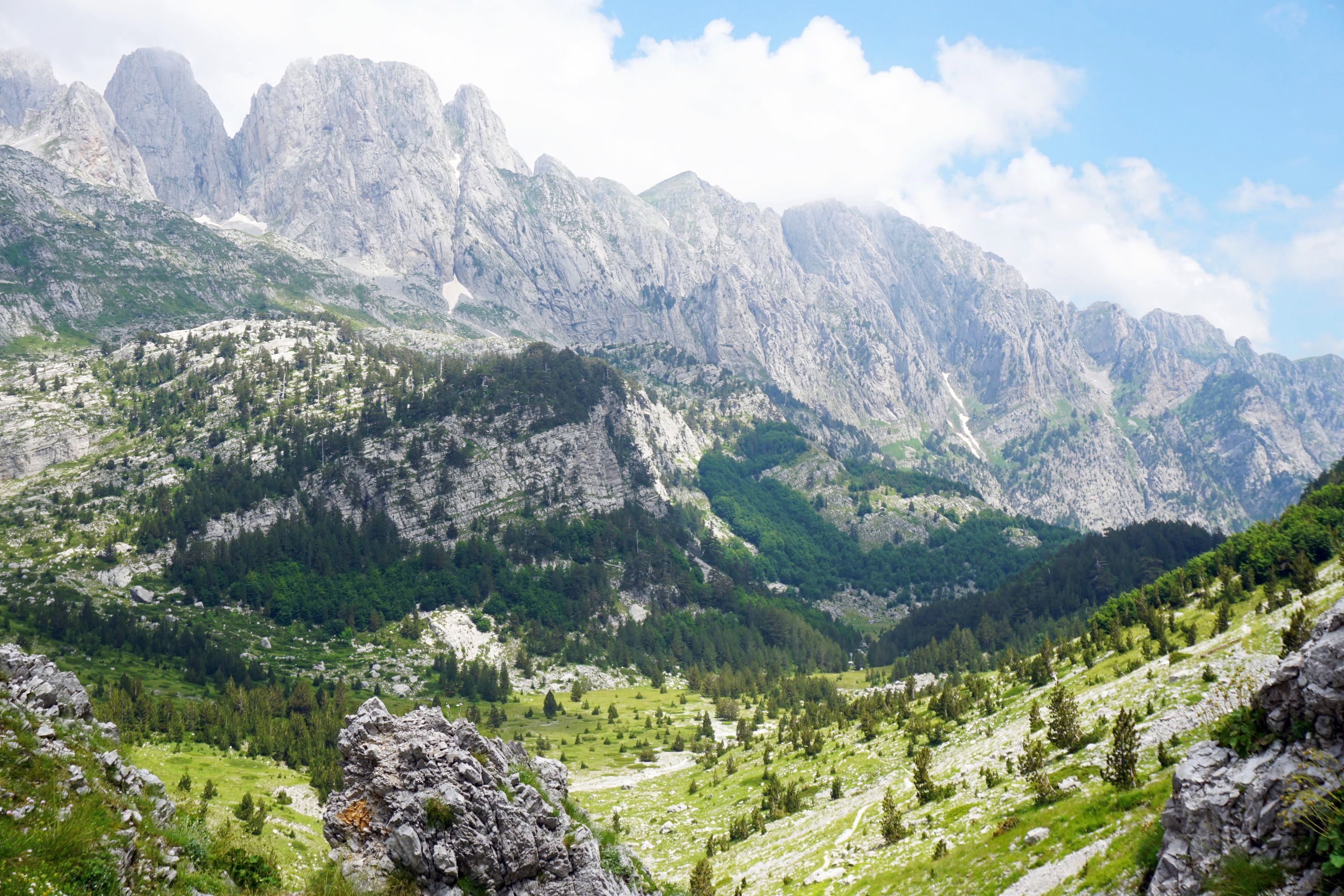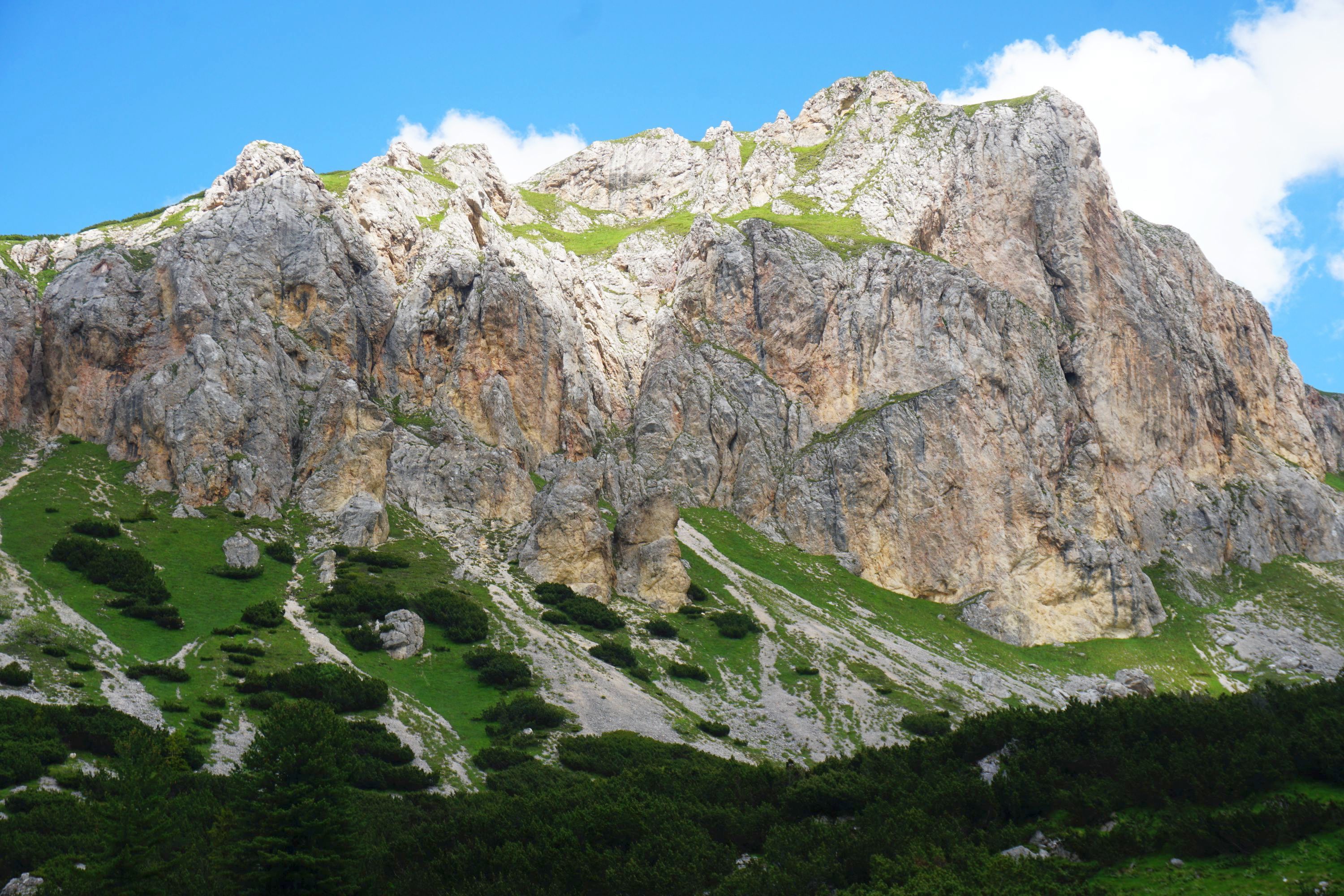Ethiopia’s fourth largest city and former capital, Gonder (also known as Gondar) only had three real sights, but they were unusual and memorable places.
Home to the Ethiopian Royal Family between the 17th and 19th centuries, Fasil Ghebbi (Royal Compound) is a UNESCO World Heritage Site covering 70,000 sqm, containing six castles, three churches, a library, steam baths, and lion cages.

Falsile Castle is the oldest on the site, built in 1640. It illustrates the eclectic architectural style combining European and African elements. The egg shaped domes represent the Holy Trinity, with the shell, egg white and yolk.

Inside where King Falsile and his queen lived had atmospherically high ceilings. There was a hole in the ceiling from where servants would pour water down so they could have a shower.

Neighbouring it is the small, two story, castle of his son. Unfortunately the Italians plastered the exterior during their occupational. They made modifications to many of the buildings in the Royal Compound, which are now structurally unsound as a result, and closed to visitors.


Even in peak season the Royal Compound was quiet, though tourism in Ethiopia is booming from a low base. It was a pleasure exploring the many different buildings around the site.






Iyasu’s Palace is the largest on the site, built by the grandson of King Falsile. It’s an impressive structure, though an earthquake and bombing by the British wrecked the once ornate interior.

King Falsile also built a summer palace down the hill from the Royal Compound, surrounded by water. Known as Fasilides Bath it is now used for the annual Timket ceremony held 18-21 January. This is a religious baptism, in which priests bless the water (which takes a month to fill), before hundreds of people jump in. It attracts around 30-40,000 people each year, including a significant number of tourists who sit in the wooden stalls erected outside the bath walls.



Banyan trees were taking over some of the walls in a photogenic fashion.



The last of the three sights was the beautiful Debre Birhan Selassie Church. At one point Gonder had 44 churches, one of the greatest concentrations in the country. Unfortunately the Sudanese invaded the city in 1888 and destroyed 43 of them. This one only survived thanks to a hive of bees onsite which repealed the attackers.


The inside is filled with paintings on cotton, which took one priest the whole of 1692 to complete. They depict scenes from the bible, in which all the evil characters are illustrated side on so they only have one eye, and the good characters have two eyes. This is a common style in Ethiopian Orthodox churches.




We stopped for a light lunch by Atse Tewodros Square. This is more of a giant roundabout with a bizarre statue of the warrior emperor Tewodros II, he ruled Ethiopia from 1855 to 1868.



I didn’t get a photo as we drove by but an historic Italian built cinema in town shows films during the week and Premier League football at the weekends. Very Ethiopian, they love football.
To end with photos from the panoramically situated Goha Hotel, which offered stunning views across the city, particularly at sunset and sunrise.











Leave a Reply to jontycraneCancel reply